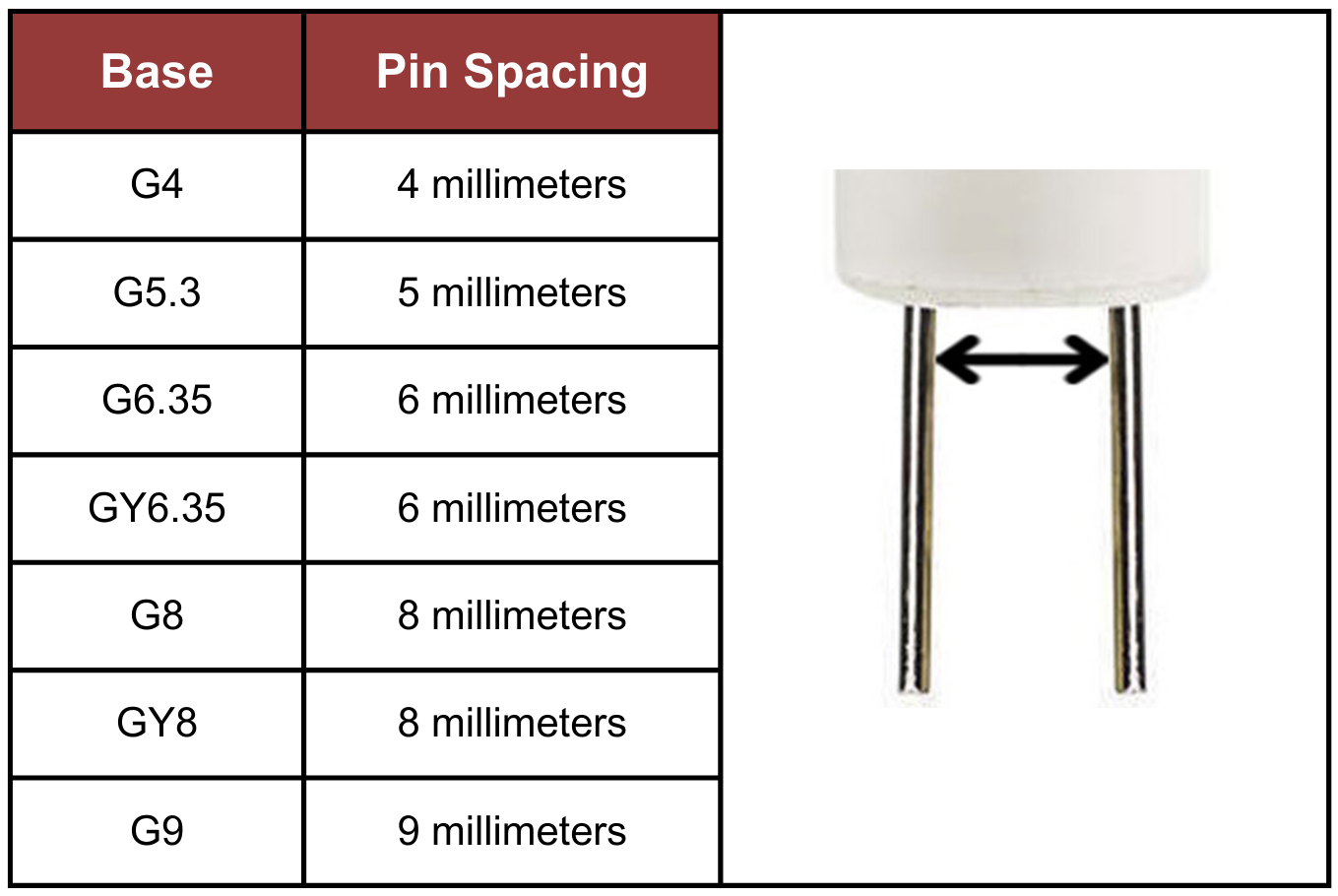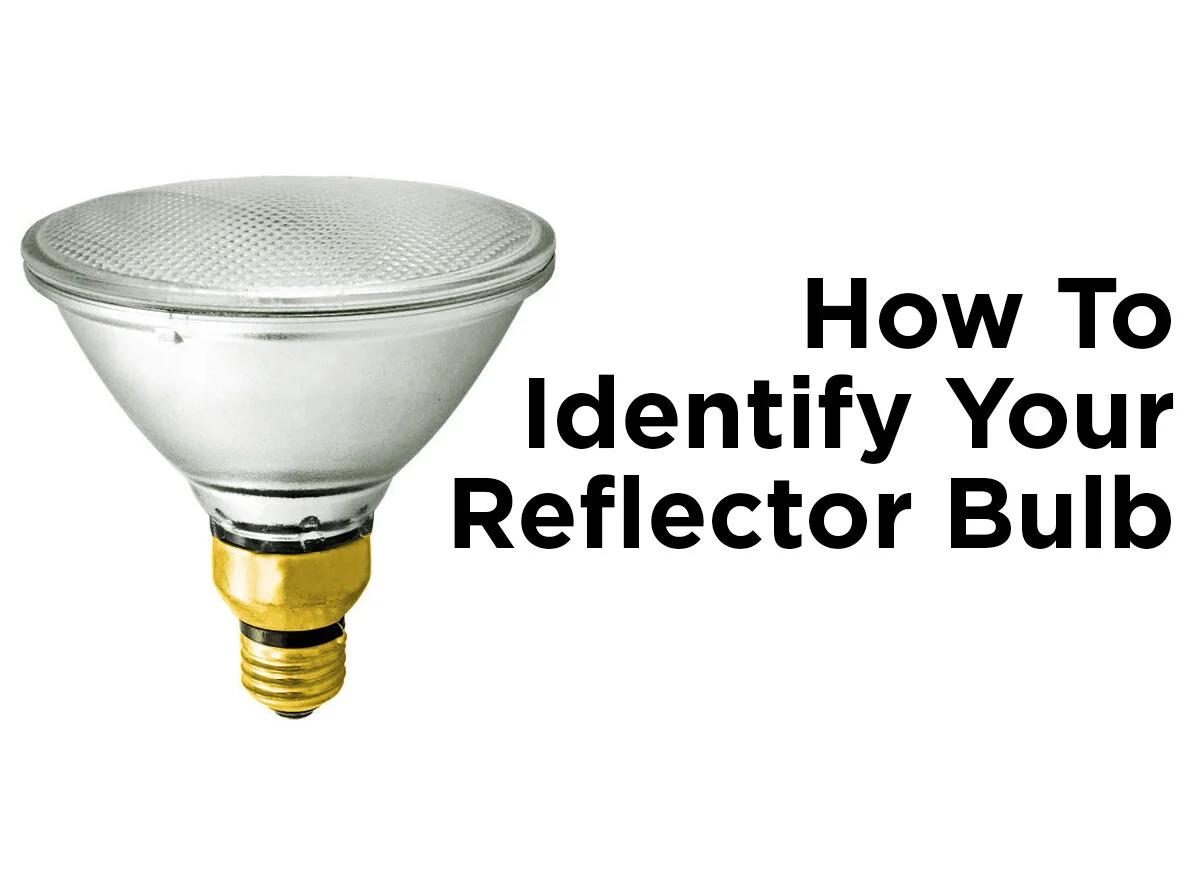How to Identify Halogen and Xenon Bi-Pin Bulbs
Updated 10/12/23 by 1000Bulbs Staff
Post updated by Angela Rogers on 2/19/2019
The bulb suddenly burned out in those little "puck" lights under your kitchen cabinets. Or maybe it's the light in your desk lamp. You may have even had a landscape bullet light burn out. Once you figure out how to get the fixture apart, you find a tiny bulb with a base you don't recognize. Now what?
Sure, you can throw the entire fixture out and just get a new one. While that may be easier, it definitely won't be cheaper. And what happens when the bulb burns out again (which it certainly will)? Are you going to keep buying replacement fixtures?
Relax. At 1000Bulbs.com, we have you covered. Identifying and replacing your existing bi-pin halogen or xenon bulb (sometimes called '2-pin bulbs' or 'T-bulbs') is easier than you think. You even have the option of upgrading to an LED bulb, which provides longer-lasting light at reduced energy costs. Just follow these simple steps:
Step 1: Identify Your Halogen or Xenon Mini Bulb
The first step to determining what bulb you have is to identify the base. In some cases, this information will be printed on the bulb or somewhere on the fixture. If it's not, don't worry. Most bases can be identified by measuring the pin spacing or by how the pins look. Bi-pin bases have two pins coming out of the bottom of the bulb and are installed by gently pushing them into the socket. Use a ruler or digital caliper to measure the space between the pins in millimeters. Write this measurement down, as it will help you find the right base type.
Bi-pin light bulbs are labeled with a “G” followed by pin spacing:
Bi-pin light bulb spacing is indicated by the number following the “G” on the base code.
You'll notice that G6.35 and GY6.35 bases have the same spacing, but they are differentiated by the size of the pins, which have slightly different diameters. G6.35 pins have a diameter of 1 millimeter while GY6.35 pins are 1.25 millimeters in diameter.
G8 and GY8, on the other hand, have differing pin lengths: G8 pins measure 8 millimeters long and GY8 pins measure 8.5 millimeters.
Most bi-pin light bulbs will have straight pins, but there are also bi-pin bulbs that have looped pins. Knowing if the pins are straight or looped will help you to further narrow down your bulb selection.
If the bulb you removed from your fixture doesn't have a bi-pin base, it may have one of these bases instead:
Chart showing base types, with images and correlating description for each.
Next, you need to find the operating voltage of the fixture. The operating voltage may be anywhere from 6 Volts up to 120 Volts and can use AC (alternating current) or DC (direct current). Check the fixture housing or socket for a label that lists the voltage of the original bulb. The label will most likely have a UL or CSA symbol. If it's not on the fixture, try to find the information on the bulb itself. When you find the voltage, write it down.
Fixture labels show operating voltage and maximum wattage.
Finally, see what wattage your bulb uses. Like the voltage, the wattage can be found printed directly on the bulb. Fixtures will also have the wattage information printed on them. In some cases, you may see the wattage followed by ‘maximum wattage'. This indicates that the fixture cannot be used with a bulb that exceeds that wattage.
Step 2: Choose a Replacement Bulb
Now that you've got the pin spacing, pin type, wattage, and voltage, it's time to find a replacement bulb. If your bi-pin bulb measures 4 millimeters between pins, you have a G4 base bulb which comes in 6, 12, or 24 Volts. If your measurement is just a hair wider than 6 millimeters, you have a bulb with a G6.35 base, which comes in 12, 24, or 120 Volts. A measurement of 8 millimeters means you have a G8 base xenon bulb, which only comes in 120 Volts. Straight or looped pins that are spaced 9 millimeters apart mean you have a G9 base bulb, which also only comes in 120 Volts.
While you're replacing your halogen or xenon bulb, consider upgrading to an LED. If the bulb is hard to reach or you have difficulty opening the fixture to remove the bulb, LEDs are a great solution. They are also helpful if your countertops get overly warm due to excess heat generated by halogen bulbs. Using a fraction of the energy, these light bulbs outlast their halogen and xenon counterparts, allowing you to go longer between replacements. To find a corresponding LED equivalent, you first need to match the base of the original bulb. LED mini indicator light bulbs are available in a variety of bases, including the following:
Bi-pin – G4, GY6.35, G8, and G9
Looped
Single Contact (SC) Bayonet
Double Contact (DC) Bayonet
Festoon
Wedge
Candelabra (E12)
Intermediate (E17)
Next, match the LED to the voltage of the fixture. LED mini indicator bulbs generally range from 12 to 120 Volts and can operate using DC only, AC only, or both. Some light bulbs, such as T3 wafers, can operate on slightly lower voltages. Pay close attention, as applying the wrong voltage or current can damage both the bulb and the fixture.
Now, compare wattages. For a light output similar to your current halogen light bulbs, look for LED bulbs that have the same wattage equivalent. For example, an LED mini indicator bulb labeled as “50 Watt Equal” will produce a similar amount of light as a 50-Watt halogen while using less electricity and producing far less heat. For brighter light, choose a bulb that has a higher wattage equivalent. Since these LED bulbs consume far less energy than halogens, you don't have to worry about going over the maximum wattage rating for the fixture.
Because LED mini indicator lights come in a variety of shapes and sizes, it is best to measure the inside of your fixture to ensure that the new LED bulb will fit. The LED bulb may be longer or have a larger dimension than the halogen bulb. If you can't find a close enough match to your halogen bulb or xenon bulb, speak with one of our customer service representatives at 1-800-624-4488 to see if a bulb can be special ordered.
Step 3: Install Your New Light Bulbs
Once you have the halogen, xenon, or LED bulb you need, the installation is simple. After removing the fixture's glass lens, insert the new bulb into the socket and replace the lens. If installing a halogen bulb, be careful not to touch the bulb itself, as the oils on your fingers will damage the bulb, shortening its life and maybe even causing it to melt. Some halogen bulbs come with a wrapping around the bulb to prevent damage when installing them. If your bulb didn't come with a wrapping, wear gloves or use something to wrap around the bulb. Be sure to remove the wrapping after installation if applicable.
Unlike halogen bulbs, LED mini lights are not affected by the oils on your hands so these light bulbs can be handled freely without gloves. Some LED mini indicator light bulbs are rated for use in dry locations and should not come into contact with any moisture. For applications where there may be moisture, look for wet location or waterproof light bulbs which can be exposed to water but not submerged. LED indicator light bulbs are not designed to withstand heat and cannot be used in applications such as microwaves or ovens.
Also, remember that not all LED mini-indicator bulbs are capable of dimming. You will need to look specifically for light bulbs labeled as dimmable if you want your lights to dim.
Project Complete
That's all there is to it. Remember, when it comes to fixtures that use these less common bulbs, investing a little time in finding the right bulb is a small price to pay, and it is certainly much cheaper than replacing the whole fixture. Initially, replacing the bulb may not be as easy, but you are sure to be satisfied with the results and the money savings if you follow these steps.
If you have any questions about these light bulbs or just questions in general, drop us a comment in the box below or reach out to us Facebook, Twitter, LinkedIn, or Pinterest.
At 1000bulbs.com, we can help you find the right bulb and ship it right to your front door. Just call 1-800-624-4488 or try our convenient “pop-up chat feature” at the bottom right corner of our 1000bulbs.com web pages.













